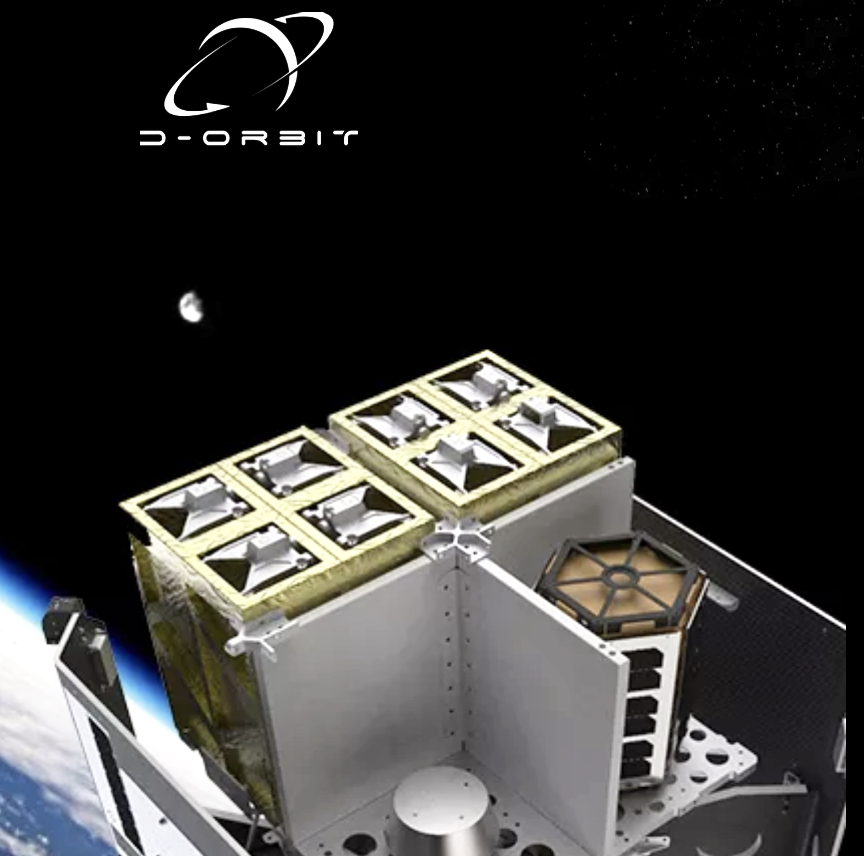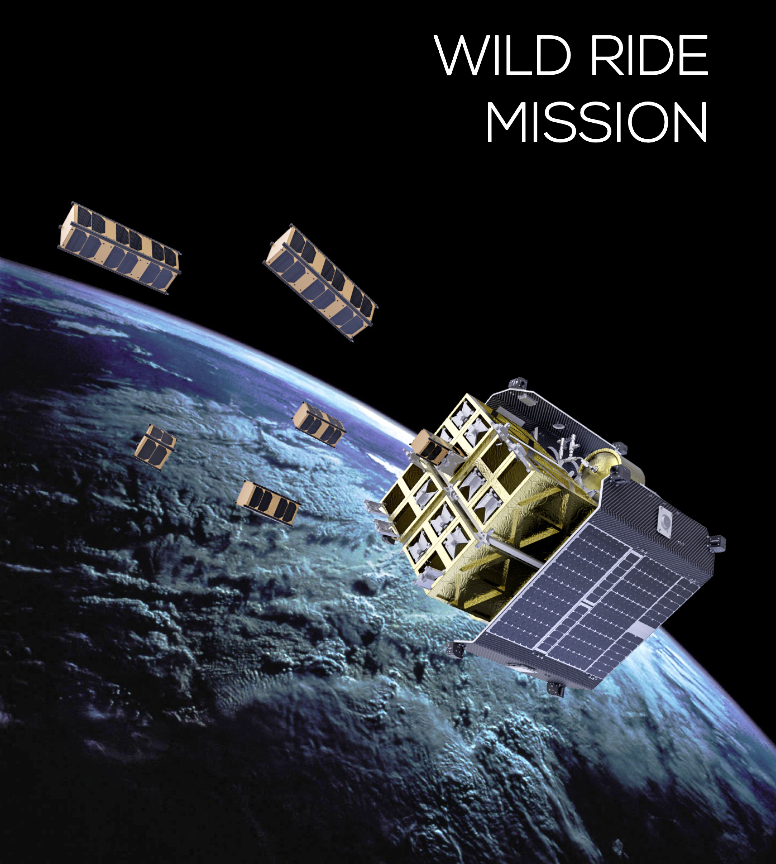
D-Orbit has successfully completed the deployment phase of their WILD RIDE mission. As part of this phase, D-Orbit’s ION Satellite Carrier (ION), the company’s proprietary space transportation vehicle, successfully deployed all six satellites hosted onboard and will now proceed with the on-orbit demonstration of 12 hosted payloads.

The WILD RIDE mission began on June 30, with the launch of ION SCV 003 aboard a SpaceX Falcon 9 launch vehicle from the Space Launch Complex 40 (SLC-40) at Cape Canaveral, Florida. During the deployment phase, which was completed on July 24, ION Satellite Carrier released smallsats from the Spanish Elecnor Deimos, the Bulgarian EnduroSat, and the Kuwaiti Orbital Space.
Also on board, under contract with ISILAUNCH and integrated into a QuadPack from Dutch satellite manufacturer ISISPACE, were Finnish Reaktor Space Lab, Marshall Intech Technology from UAE, and the Royal Thai Airforce. Each satellite was deployed into a custom orbital slot.
“It’s always exciting to complete the deployment phase,” said Renato Panesi, CCO of D-Orbit. “This is our third mission in nine months, and each of these missions has been characterized by a growing level of complexity which, I’m very proud to say, the team has handled flawlessly. Less than a year ago we proved the concept of precision deployment in space and now this extremely complex operation has almost become routine for us.”
WILD RIDE is the third flight of ION Satellite Carrier, the orbital transportation vehicle designed, manufactured, and operated by D-Orbit to ferry satellites into space and deploy each one individually into its own customized orbit and carry out operations on third-party payloads.
“This is another great achievement, another step towards our vision for a space logistic infrastructure enabling the full potential of the space economy. Imagine how many new space businesses could take shape if there were no boundaries, no fixed locations in space, or time constraints. Imagine how the entire space ecosystem could grow faster if innovative and disruptive technology could be tested in space in a fraction of the time,” said Luca Rossettini, CEO of D-Orbit. “Well, now stop imagining – this is already a reality. Our orbital infrastructure is at the service of both the space-to-Earth and space-to-space visionary companies to build, together, the largest market ever.”
The vehicle used in this mission features an innovative plug-and-play system for hosted payloads already tested in the previous mission. D-Orbit is now preparing for the in-orbit demonstration phase of the mission, which will feature the testing of LaserCube, an optical communication device from the Italian-based company Stellar Project, and of Nebula, an on-demand, on-orbit cloud computing and data storage service that is at the core of D-Orbit’s upcoming advanced services. During this phase, a range of innovative applications will be demonstrated using sophisticated, artificial intelligence/machine learning (AI/ML) techniques.
D-Orbit’s next orbital transportation mission with ION, the fourth in 15 months, is scheduled for December 2021.
